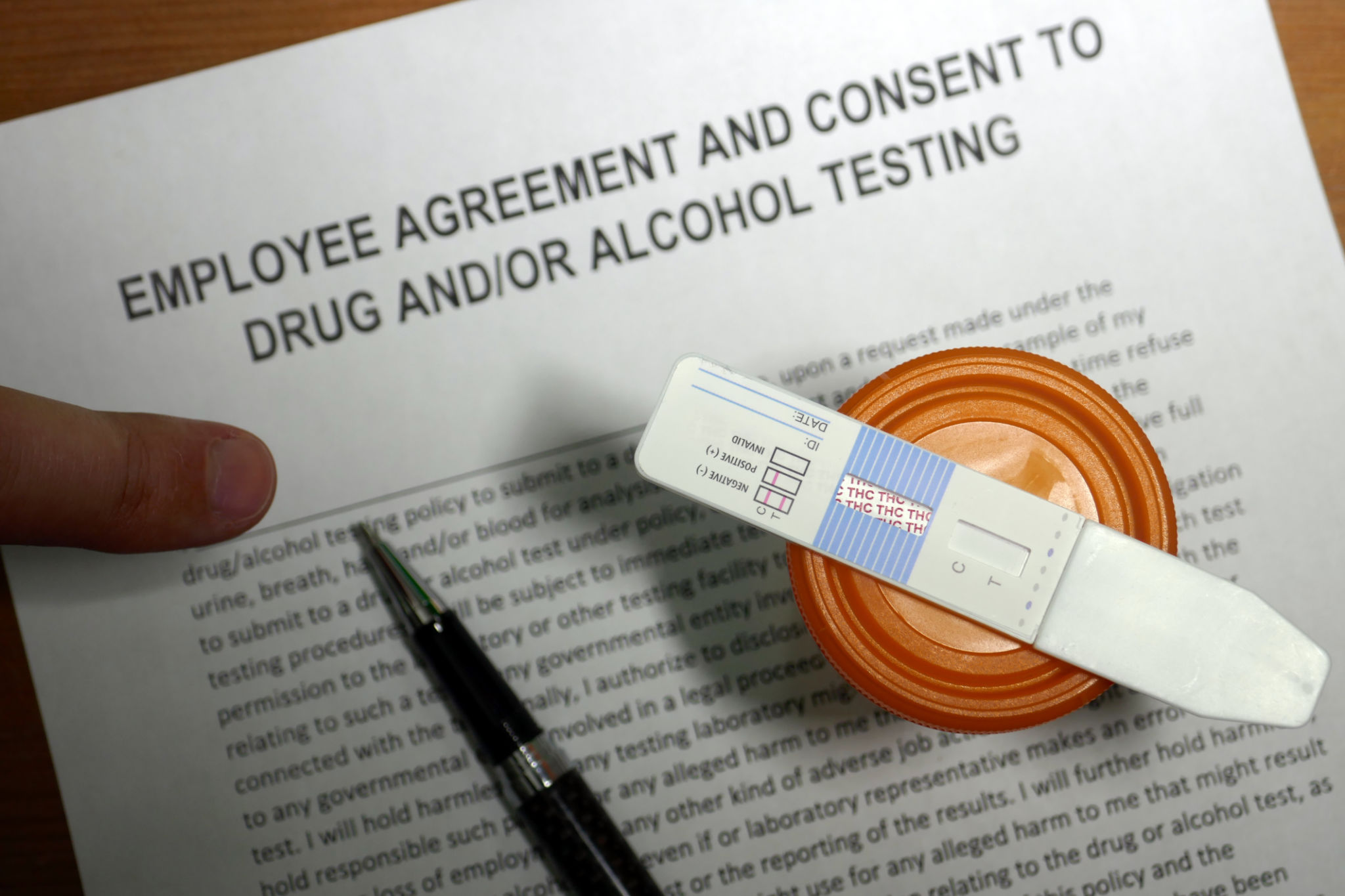Understanding DOT vs. Non-DOT Drug Testing: Key Differences for Employers
Overview of DOT and Non-DOT Drug Testing
Drug testing is a crucial component of workplace safety, particularly in industries where safety is paramount. The two primary types of drug testing protocols in the United States are DOT (Department of Transportation) and Non-DOT drug testing. Each serves different purposes and is governed by distinct regulations, making it essential for employers to understand their differences.
DOT drug testing is mandated by federal law for employees in safety-sensitive positions, such as those in aviation, trucking, railroads, and public transit. These tests are designed to ensure the safety of the public and the workforce. In contrast, Non-DOT drug testing is not federally mandated and can be implemented by employers according to their specific workplace policies.

Regulatory Differences
The most significant difference between DOT and Non-DOT drug testing lies in their regulatory oversight. DOT testing follows strict guidelines set by the Department of Transportation and the Substance Abuse and Mental Health Services Administration (SAMHSA). These regulations dictate the types of substances tested, testing procedures, and the handling of test results.
On the other hand, Non-DOT testing is not subject to federal regulation, allowing employers greater flexibility in designing their testing programs. This means that businesses can tailor their drug-testing policies to reflect their company culture, industry standards, and specific safety concerns.
Substances Tested
DOT drug tests typically screen for a standard panel of five substances: marijuana, cocaine, opiates, amphetamines, and phencyclidine (PCP). These substances are considered to have a significant impact on an individual's ability to perform safety-sensitive tasks.
In contrast, Non-DOT drug tests can include a wider variety of substances based on the employer's discretion. Employers may choose to screen for additional drugs such as benzodiazepines, barbiturates, or alcohol depending on their specific needs and concerns.

Testing Procedures
The procedures for conducting DOT and Non-DOT drug tests also differ significantly. DOT drug tests have a specific protocol that includes strict chain-of-custody requirements to ensure the integrity of the sample. Additionally, DOT tests must be conducted at certified laboratories, and the results must be reviewed by a Medical Review Officer (MRO).
Non-DOT tests offer more flexibility in terms of procedures. Employers can choose different types of tests such as urine, hair, saliva, or blood tests depending on what best suits their needs. However, maintaining a clear chain of custody and ensuring the reliability of results remain critical components of any effective drug-testing program.
Consequences of Test Results
The consequences of positive test results vary between DOT and Non-DOT tests. For DOT-regulated employees, a positive test result typically leads to immediate removal from safety-sensitive duties and may require completion of a return-to-duty process under the guidance of a Substance Abuse Professional (SAP).

For Non-DOT tests, employers have more discretion regarding the actions taken following a positive result. This could range from offering rehabilitation programs to termination, depending on company policy. Employers should ensure that their policies are clearly communicated to employees and consistently enforced to avoid potential legal issues.
Choosing the Right Testing Program
When deciding between DOT and Non-DOT drug testing programs, employers should consider several factors including industry requirements, workplace safety needs, and company culture. For businesses operating in safety-sensitive industries, DOT testing may be mandatory. However, Non-DOT testing can provide additional coverage for roles not regulated by federal law.
It is important for employers to develop a comprehensive drug-testing policy that aligns with their organizational goals while ensuring compliance with applicable laws. Seeking legal advice or consulting with human resources professionals can help tailor an effective program that supports workplace safety and productivity.
